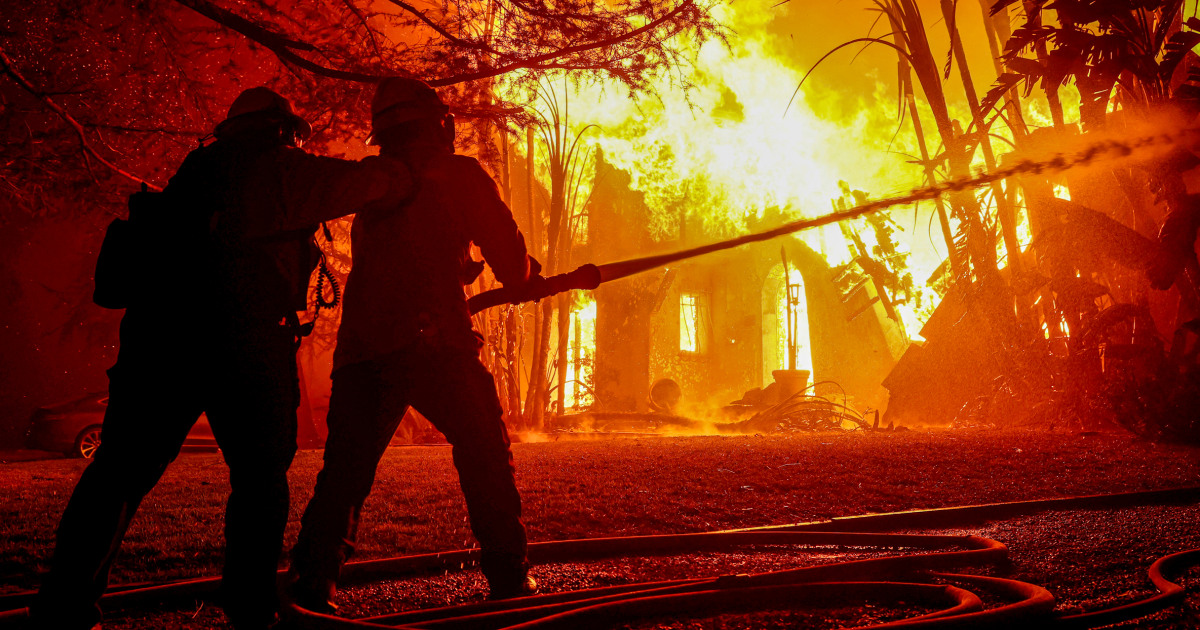Unseen Consequences: How California Wildfires are Displacing Working-Class Families
The recent wildfires in California have been devastating, not just in terms of the immediate destruction of homes and infrastructure, but also in the long-term displacement of working-class families. As flames consume thousands of acres of land, the fallout extends beyond the immediate danger, highlighting critical issues surrounding resilience, recovery, and the support systems that are often inadequate for those who need them most.
The Scale of Destruction
California is no stranger to wildfires. However, the intensity and frequency of these events have escalated in recent years, driven by climate change, prolonged droughts, and mismanaged forests. In 2022 alone, California faced over 8,000 wildfires, which destroyed nearly 3,000 structures and displaced thousands of residents. The working-class families, who often live in the most vulnerable areas, bear the brunt of these disasters.
These families typically have lower incomes, limited housing options, and fewer resources to recover from such catastrophic events. Many have lost not only their homes but also their livelihoods, as businesses are forced to shut down or relocate due to the devastation. The immediate aftermath can be overwhelming, with many families finding themselves in temporary shelters or relying on the generosity of friends and relatives.
Long-Term Displacement and Housing Crisis
The displacement caused by wildfires leads to a cascade of long-term consequences, particularly in the housing market. With a significant number of homes destroyed, the demand for housing skyrockets, leading to increased prices in surrounding areas. Working-class families, who are already struggling to afford housing, find themselves priced out of their communities.
- Rental Costs: As demand increases, rental prices can surge, making it difficult for displaced families to find affordable housing.
- Gentrification: In some cases, the rebuilding efforts can lead to gentrification, where wealthier individuals move into affected areas, further displacing the original residents.
- Homelessness: Some families may face homelessness, as the lack of affordable housing options leaves them with nowhere to go.
According to a report from the California Housing Partnership, nearly 1.5 million low-income households in California are already struggling with housing costs, and the wildfires only exacerbate this crisis.
Impact on Mental Health and Community Dynamics
The emotional toll on families affected by wildfires is profound. The loss of a home is not just a physical loss; it also entails the loss of community, stability, and a sense of security. For working-class families, many of whom juggle multiple jobs and responsibilities, the added stress of displacement can lead to mental health issues, including anxiety and depression.
Community dynamics are also disrupted. Neighborhoods that once thrived on close-knit relationships may find themselves fragmented. Schools, local businesses, and community centers suffer as families relocate, which diminishes the social fabric that holds these communities together.
Recovery Efforts and Gaps in Support Systems
As recovery efforts unfold, the response from local and state governments, as well as nonprofit organizations, plays a crucial role in shaping the future of displaced families. However, many working-class families often find themselves falling through the cracks of these support systems.
- Insurance Issues: Many families may not have adequate insurance coverage, leaving them without funds to rebuild. Even those with insurance often face lengthy claims processes.
- Government Assistance: While programs like FEMA provide essential aid, the bureaucracy can be overwhelming, and many families may not qualify for assistance based on their income levels.
- Nonprofit Support: Local charities and organizations step in to help, but their resources can be limited, and the demand often exceeds what they can provide.
To create a more resilient future, it’s essential to address these gaps in support systems. Innovative solutions, such as community land trusts and affordable housing initiatives, can help provide more stable living conditions for working-class families.
Building Resilience for the Future
While the challenges are daunting, there is hope. Communities across California are coming together to support one another, demonstrating resilience in the face of adversity. Initiatives aimed at strengthening local economies, improving disaster preparedness, and creating affordable housing are crucial in building a more robust infrastructure capable of withstanding future wildfires.
Engaging with community leaders and local organizations can facilitate a more inclusive approach to recovery. Empowering families through educational programs about disaster preparedness, financial literacy, and mental health resources can also foster resilience.
Conclusion: A Call to Action
The unseen consequences of California wildfires are significant, particularly for working-class families who face displacement and uncertainty in the wake of these disasters. As recovery efforts continue, it is essential to recognize the unique challenges these families encounter and to advocate for policies and programs that support their needs.
By fostering community engagement, addressing housing affordability, and enhancing support systems, we can not only help those affected recover but also build a foundation for a more resilient future. The story of California’s wildfires is not just one of destruction; it is also a narrative of strength, community, and the pursuit of a better tomorrow.
See more Your Daily Weather



